About the Author
Mike has been a keen long distance cyclist for over 25 years. After completing various UK Sustrans routes, such as Ln Las Cymru in Wales and the C2C route across northern England, he then moved on to cycling long-distance routes in continental Europe and beyond. These include cycling both the Camino and Ruta de la Plata to Santiago de la Compostela, a traverse of Cuba from end to end, a circumnavigation of Iceland and a trip across Lapland to the North Cape.
While working for a travel company he made frequent visits to various parts of the Rhine Valley and saw the cycle-friendly infrastructure all along the river. This inspired him to cycle the route for the first time with his partner Christine. In researching the first edition of this book, Mike cycled the length of the river three more times, following cycle routes along both banks and exploring other alternatives.
Other Cicerone guides by the author
The Adlerweg
The Moselle Cycle Route
The Danube Cycleway Volume 1
The Danube Cycleway Volume 2
The River Rhone Cycle Route
The Loire Cycle Route
Cycling from London to Paris
THE RHINE CYCLE ROUTE
FROM SOURCE TO SEA THROUGH SWITZERLAND, GERMANY AND THE NETHERLANDS
by Mike Wells
JUNIPER HOUSE, MURLEY MOSS,
OXENHOLME ROAD, KENDAL, CUMBRIA LA9 7RL
www.cicerone.co.uk
Mike Wells 2018
Third edition 2018
ISBN: 978 1 85284 899 6
Second edition 2015
First edition 2013
Printed in China on behalf of Latitude Press Ltd
A catalogue record for this book is available from the British Library.
All photographs are by the author unless otherwise stated.
 Route mapping by Lovell Johns www.lovelljohns.com
Route mapping by Lovell Johns www.lovelljohns.com
Contains OpenStreetMap.org data OpenStreetMap contributors, CC-BY-SA. NASA relief data courtesy of ESRI
Updates to this guide
While every effort is made by our authors to ensure the accuracy of guidebooks as they go to print, changes can occur during the lifetime of an edition. Any updates that we know of for this guide will be on the Cicerone website (www.cicerone.co.uk/899/updates), so please check before planning your trip. We also advise that you check information about such things as transport, accommodation and shops locally. Even rights of way can be altered over time.
The route maps in this guide are derived from publicly available data, databases and crowd-sourced data. As such they have not been through the detailed checking procedures that would generally be applied to a published map from an official mapping agency, although naturally we have reviewed them closely in the light of local knowledge as part of the preparation of this guide.
We are always grateful for information about any discrepancies between a guidebook and the facts on the ground, sent by email to updates@cicerone.co.uk or by post to Cicerone, Juniper House, Murley Moss, Oxenholme Road, Kendal, LA9 7RL.
Register your book: To sign up to receive free updates, special offers and GPX files where available, register your book at www.cicerone.co.uk.
Front cover: The Rhine Cycle Route follows the river past Remagen (Stage 18)
CONTENTS
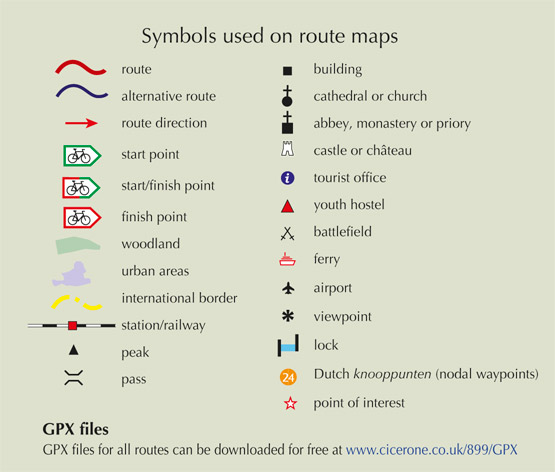
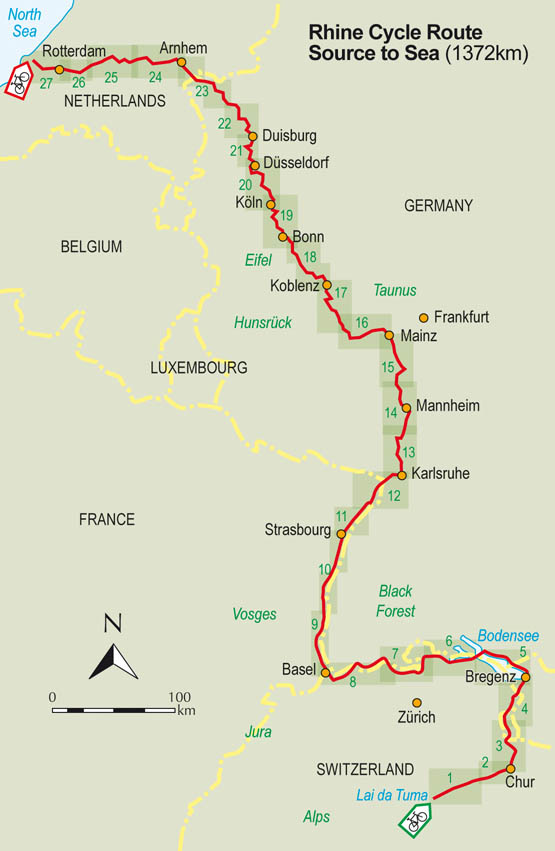

Bodensee radweg in Meersburg, with Altes Burg castle behind (Stage 5)
PREFACE TO THE THIRD EDITION
This edition has been substantially revised to incorporate new maps and a number of re-routings, mostly to make use of cycle tracks along recently opened stretches of flood dyke, particularly from Sennwald to Au (Stage 4), Hamm to Oppenheim (Stage 15) and Orsoy to Ossenberg (Stage 22). Other changes reflect recognition by the European Cyclists Federation (ECF) of the Rhine Cycle Route as EuroVlo route EV15 and re-signposting through France to accommodate this. The opening of a TGV (high-speed) rail line between Dijon and Mulhouse has made Switzerland accessible from Paris in just three hours. This has improved access from the UK by making it possible to reach Andermatt in the Swiss Alps in one day by train from London. The list of tourist information offices has been extended to include all offices encountered including those with seasonal opening periods and limited hours.
Popularity of the route continues to grow, with an increasing number of cyclists following the whole route from source to sea. Shorter rides are increasing in popularity too, particularly around Bodensee and through the Rhine gorge between Mainz and Koblenz. The author would like to thank all those readers who have cycled the route using previous editions and sent in comments about route alterations and changes to facilities. Where relevant these have been incorporated into the text.

The Wasserturm is the symbol of Mannheim (Stage 14)
INTRODUCTION

Werdenberg, the smallest town in Switzerland (Stage 4)
The great attraction of following a river from source to sea is that it is downhill all the way (well, almost all the way our route does occasionally climb a little for spectacular views down into the valley). From the summit of Oberalppass (which can be reached by cycle-friendly train), near the source of the river at Lai da Tuma, the Rhine Cycle Route descends 2046m to the North Sea at Hoek van Holland (Hook of Holland), a distance of 1372km. The cycling is straightforward, with much of the route following well-surfaced cycle tracks, often along the riverbank or flood dykes. On those occasions where roads are used, these are usually quiet country routes with dedicated cycle lanes. All the countries it passes through are highly cycle-friendly, and motorists will generally give you plenty of room. This route is suitable both for experienced long-distance cyclists and those who have done only a little cycle touring and wish to attempt something more adventurous.
The route mostly follows Swiss, German, French and Dutch national cycle trails, with a high standard of waymarking throughout. This guide breaks the route into 27 stages, averaging 51km per stage. A fit cyclist, covering two stages per day, should be able to complete the trip in two weeks. A more leisurely 80km per day would allow for some sightseeing and you would still complete the journey in 17 days. You can break the journey at almost any point as there are many places to stay along the way. These are suitable for all budgets, varying from 40 Hostelling International youth hostels and many backpacker hostels to B&Bs, guesthouses and hotels. If you do not mind the extra weight of camping gear, there are many official campsites.

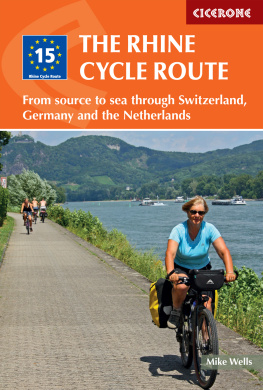
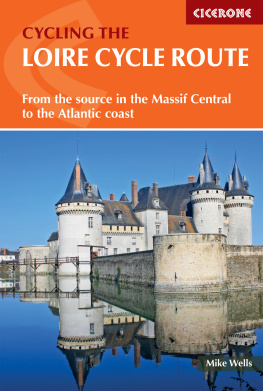
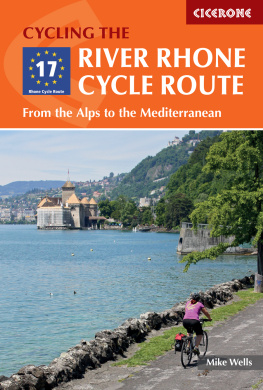

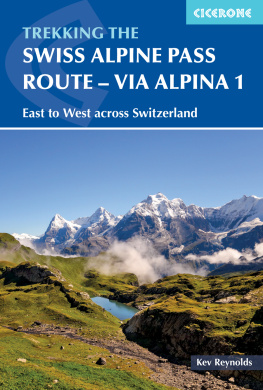
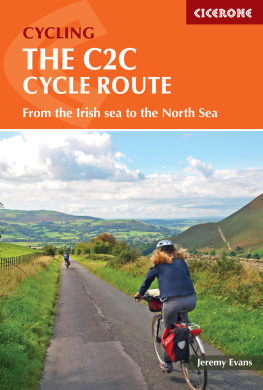
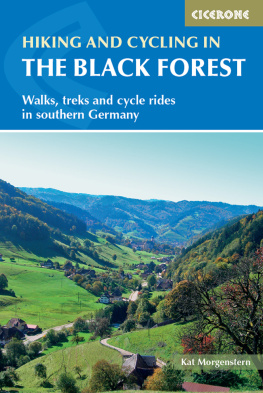




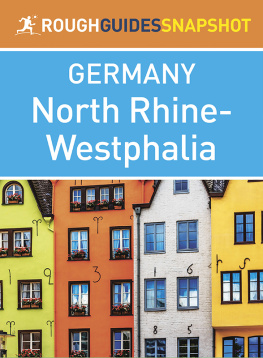
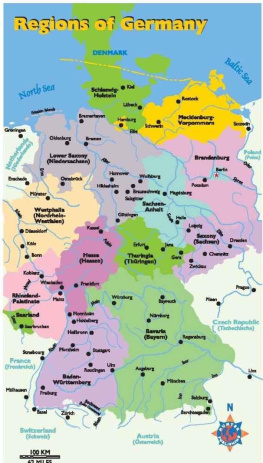


 Route mapping by Lovell Johns www.lovelljohns.com
Route mapping by Lovell Johns www.lovelljohns.com



